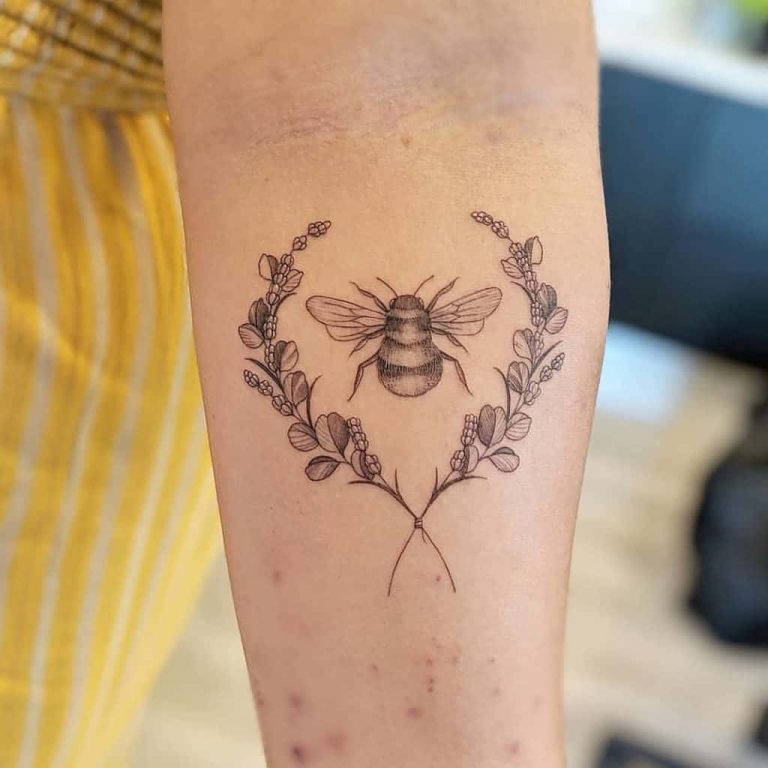Yes, you can tattoo over laser tattoo removal, but it is not recommended. Laser tattoo removal can cause damage to the skin and make it more difficult for the new tattoo to heal properly. If you do choose to tattoo over laser tattoo removal, be sure to consult with a professional tattoo artist first.
- Decide if you want to tattoo over your old laser tattoo removal
- This may be dependent on the size, location, and colors of your old tattoo
- Choose a new design and placement for your tattoo
- This should be done in consultation with a professional tattoo artist
- Clean the area where you will be tattooing over the old laser removal site
- Be sure to use sterile equipment and techniques
- Apply the new tattoo in the same manner as any other tattoo
- Follow all aftercare instructions provided by your artist to ensure proper healing
Laser tattoo removal (cover ups/process and overall experience)
How Much Does Tattoo Removal Cost
If you’re considering tattoo removal, you’re probably wondering how much it’s going to cost. The truth is, there’s no simple answer to this question. The cost of tattoo removal can vary widely depending on a number of factors, including the size and location of the tattoo, the type of laser used, and the number of sessions required.
With that said, here are some general guidelines to give you an idea of what to expect:
– Small tattoos (less than 2 inches in diameter) can typically be removed in 4-6 sessions, while larger tattoos may require 8-10 or more sessions. – The type of laser used is also a big factor in determining price.
For example, Q-Switched lasers are often used for smaller tattoos while more powerful lasers like the carbon dioxide (CO2) laser may be necessary for larger ones. – Finally, the location of the tattoo can also affect price. Tattoos on areas like the face or hands tend to be more expensive to remove since they require more careful treatment to avoid damage to surrounding tissue.
Can You Get a Tattoo After Laser Removal
If you’ve had a tattoo removed with laser surgery, can you get another one in the same spot? The answer is yes! Once the area has healed from the removal process, it is safe to tattoo over.
However, there are a few things to keep in mind before getting inked again.
The first thing to consider is the type of laser used for removal. Q-switched lasers are typically used for tattoo removal, and these are also safe for use on skin that has been previously treated with lasers.
If you’re not sure which type of laser was used on your skin, ask your doctor or the tattoo removal specialist.
It’s also important to wait until the skin has completely healed before getting a new tattoo. This usually takes 4-6 weeks after laser removal treatment.
During this time, it’s important to keep the area clean and protected from sun exposure. Once the skin has healed, you can consult with a tattoo artist about designing a new piece!
Can You Tattoo Over a Removed Tattoo
If you’re considering removing a tattoo, you may be wondering if you can simply get a new tattoo over the old one. The short answer is yes, you can tattoo over a removed tattoo. However, there are a few things to keep in mind before doing so.
First, it’s important to wait until your skin has completely healed from the removal process before getting a new tattoo. This can take several weeks or even months, depending on the size and location of your removed tattoo. If you try to tattoos too soon, you could end up with an infection or other complications.
Second, your new tattoo will likely not look exactly like your old one. This is due to the fact that removal leaves behind scar tissue, which can affect the way ink takes to your skin. So if you’re hoping for an exact replica of your old tattoo, you may be disappointed.
Third, keep in mind that it may take multiple sessions to fully cover up a removed tattoo. This is because removal usually damages the top layer of skin, making it harder for ink to penetrate deep enough for complete coverage. So be prepared to return to the tattoo shop several times before your new design is complete.
Overall, yes – you can tattoos over a removed tattoo. But it’s important to wait until your skin has healed and be aware that your new design may not look exactly like the old one due to scarring from removal.
How Long After Laser Tattoo Removal Can I Get a Cover Up
If you’re considering getting a tattoo cover up, you may be wondering how long you need to wait after laser tattoo removal. The answer depends on a few factors, including the size and location of your tattoo, as well as the number of treatments you’ve had.
Generally speaking, it’s best to wait at least 6 months after your last laser treatment before getting a cover up.
This gives your skin time to heal and the tattoo pigment time to fade. If your tattoo is small or located in an area that heals quickly (such as the arm or leg), you may be able to get a cover up sooner.
Keep in mind that not all lasers are created equal.
Some types of lasers are more effective than others at removing tattoos. If you’ve had multiple treatments with different types of lasers, it may take longer for your tattoo to fade enough for a successful cover up.
If you’re unsure whether or not your tattoo is ready for a cover up, consult with a dermatologist or experienced tattoo artist.
They’ll be able to assess your individual situation and give you professional advice on when to move forward with a new design.

Credit: www.andreacatton.co.uk
Does Laser Tattoo Removal Affect Other Tattoos?
Laser tattoo removal can affect other tattoos in a few ways. First, if the laser is set to a frequency that targets black ink, it can also remove other colors of ink nearby. Second, if the laser is set to a lower frequency, it can cause burns or blisters on the skin which could damage other tattoos in the area.
Third, if the tattoo being removed is large or covers a large area of skin, there is a risk that the lasers will scar the surrounding skin which could affect other tattoos. Finally, some people’s immune systems may react to the laser treatment and cause inflammation which could lead to infection and damage other tattoos.
Can You Get a Tattoo Over Removal?
Yes, you can get a tattoo over removal. The process is called re-tattooing and it is becoming increasingly popular as people look for ways to cover up their old tattoos. There are a few things to consider before getting a re-tattoo, such as the size of the old tattoo and the type of ink used.
If you are considering this option, be sure to consult with a skilled tattoo artist who has experience in re-tattooing.
What is the Hardest Color Tattoo to Remove?
There are a variety of factors that can affect how difficult a tattoo is to remove, including the ink color, depth of the ink, and location on the body. Black ink is generally the easiest to remove, while lighter colors like white or yellow may be more difficult. Green and blue inks are often somewhere in the middle.
Tattoos on areas with thinner skin, such as the wrist or ankle, may also be more difficult to remove.
How Do You Cover a Laser Tattoo Removal?
Laser tattoo removal is a popular choice for people who want to get rid of their tattoos. There are a few things you need to know before getting started, though. Here’s what you need to know about laser tattoo removal.
The first thing you need to know is that laser tattoo removal is not a quick fix. It can take several sessions to remove a tattoo completely. The number of sessions will depend on the size, color, and depth of your tattoo.
The second thing you need to know is that laser tattoo removal can be painful. You’ll likely feel some discomfort during the treatment, but it shouldn’t be too bad. Your doctor will give you a numbing cream to help with the pain.
Finally, you need to know that laser tattoo removal can be expensive. The cost will depend on the size and location of your tattoo, as well as the number of sessions required for removal. Talk to your doctor about payment options before getting started.
Conclusion
Laser tattoo removal is a popular treatment for people who want to get rid of their tattoos. However, some people wonder if they can tattoo over laser tattoo removal. The answer is yes, but there are some things you need to know first.
Laser tattoo removal works by breaking up the ink in your tattoo with a laser. This process can damage the skin around your tattoo, so it’s important to wait until your skin has healed before you get a new tattoo. It’s also important to find a reputable artist who knows how to properly cover up a laser-treated tattoo.
If you’re considering getting a new tattoo after laser tattoo removal, make sure you do your research and find an experienced artist who can give you the results you want.




